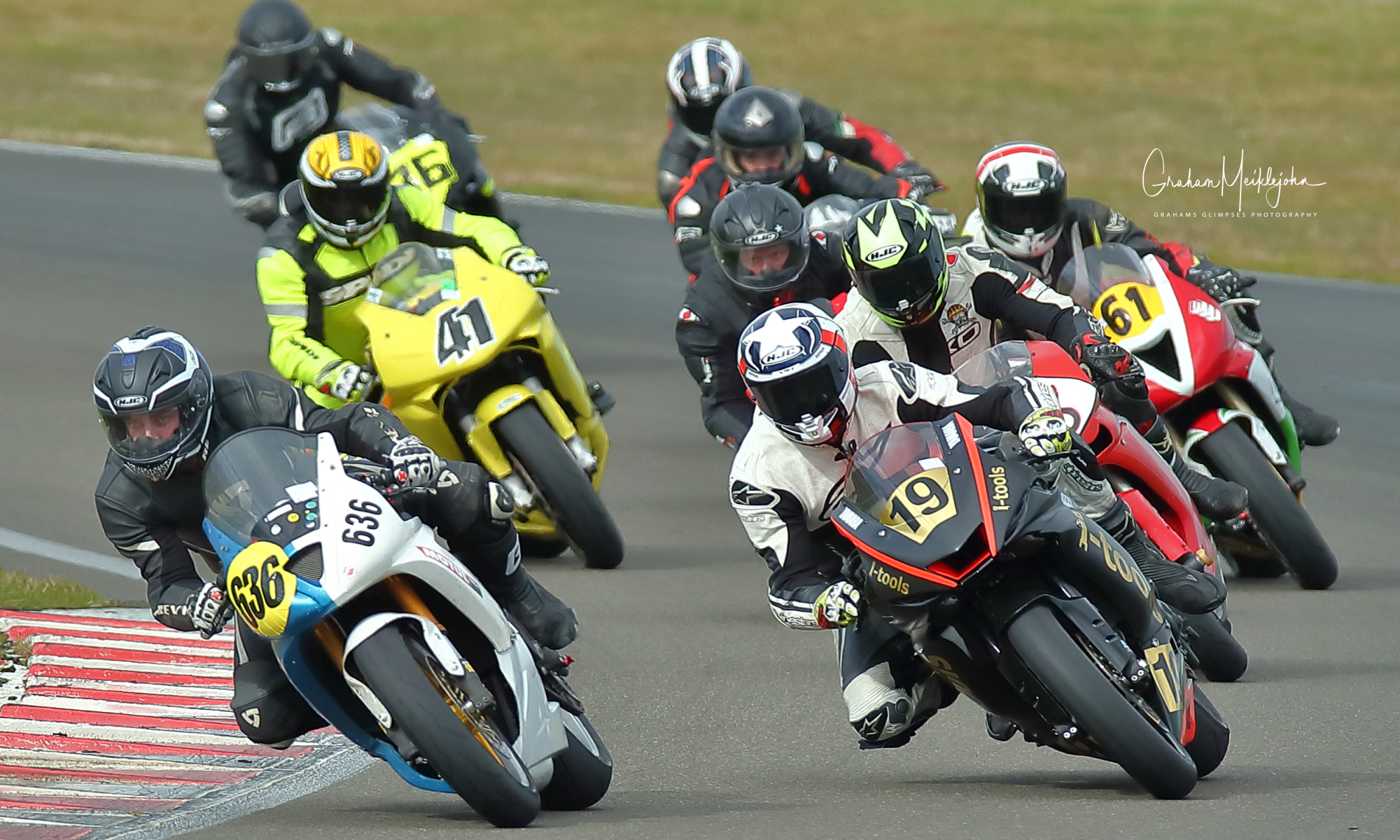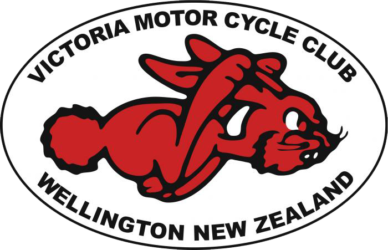These are the Race Class Regulations that describe in detail which machines are eligible for entry into which classes in the i-Tools Trophy event.
Before you complete an entry form please take a few moments to make sure you understand these Race Class Regulations, the Motorcycling New Zealand inc. Manual of Motorcycle Sport (road) and the Supplementary Regulations under which this event will be run.
Senior Grid Classes
Formula 1 Class Regulations
Formula 1 class will exists for ‘formula’ type machines. The capacity groups listed below allow modifications to the machines to be carried out while still keeping a similar level of performance between machines.
Capacity Groups
-
- 601 – 1300cc maximum displacement, 4- 8 cylinders, 4-stroke.
- 680 – 1300 maximum displacement 3 cylinders 4-stroke.
- 751cc to open twin cylinder four stroke.
- 351 – 500cc maximum displacement, 4 cylinders, 2-stroke.
- 401 – 760cc maximum displacement 2 – 3 cylinders 2-stroke.
Engine Specifications
-
- Any aftermarket or race piston and ring set may be fitted provided the cylinder remains within the capacity limit.
- The original carburettor/fuel injection may be replaced by any brand or type.
- No turbocharging.
- No supercharging.
- No nitrous or other performance enhancing add ons of this type.
- No oval piston engines.
Preparation of Motorcycle
-
- All motorcycles are to be prepared in accordance with Motorcycling New Zealand Inc. Manual of Motorcycle Sport Chapter 10.
- Machines with re-bored cylinders must remain within the appropriate capacity limit.
- Machines must be fitted with clip-on or road style handlebars. No MX, Motard, Enduro or trail/dual purpose style of handle bars will be allowed.
- Fuel: Refer 10.13 and Appendix D of Motorcycling New Zealand Inc. Manual of Motorcycle Sport.
- Number boards will follow Manual of Motorcycle Sport rules 10.2 and 10.3, figures must be black or white on a contrasting background.
Modifications permitted
Provided all the previous requirements are met all other items are unrestricted.
Formula 2 Class Regulations
F2 class will exist for ‘formula’ type machines. The capacity groups listed below allow modifications to the machines to be carried out while still keeping a similar level of performance between machines.
Capacity Groups
-
- 451 – 675cc 4 stroke 3 cylinders.
- 401 – 600cc 4 stroke 4 cylinders.
- 651 – 750cc 4 stroke 1 – 2 cylinders.
- 401 – 490cc production based 2 stroke.
- 261 – 351cc competition based 2 stroke.
Engine Specifications
-
- Any aftermarket or race piston and ring set may be fitted provided the cylinder remains within the capacity limit.
- The original carburettor/fuel injection may be replaced by any brand or type.
- No turbocharging.
- No supercharging.
- No nitrous or other performance enhancing add ons of this type.
- No oval piston engines.
Preparation of Motorcycle
-
- All motorcycles are to be prepared in accordance with Motorcycling New Zealand Inc. Manual of Motorcycle Sport Chapter 10.
- Machines with re-bored cylinders must remain within the appropriate capacity limit.
- Machines must be fitted with clip-on or road style handlebars. No MX, Motard, Enduro or trail/dual purpose style of handle bars will be allowed.
- Fuel: Refer 10.13 and Appendix D of Motorcycling New Zealand Inc. Manual of Motorcycle Sport.
- Number boards will follow Manual of Motorcycle Sport rules 10.2 and 10.3, figures must be black or white on a contrasting background.
Modifications permitted
Provided all the previous requirements are met all other items are unrestricted.
Intermediate Grid Classes
Formula 3 Class Regulations
The following race classes are eligible for inclusion within the Formula 3 class:
-
- Superlite prepared as per Motorcycling New Zealand Inc. Manual of Motorcycle Sport Appendix B.
- 650cc Pro Twins prepared as per Motorcycling New Zealand Inc. Manual of Motorcycle Sport Appendix E.
Preparation of Motorcycle
-
- All motorcycles are to be prepared in accordance with Motorcycling New Zealand Inc. Manual of Motorcycle Sport Chapter 10.
- Machines with re-bored cylinders must remain within the appropriate capacity limit.
- Fuel: Refer 10.13 and Appendix D of Motorcycling New Zealand Inc. Manual of Motorcycle Sport.
- Number boards will follow Manual of Motorcycle Sport rules 10.2 and 10.3, figures must be black or white.
Formula 300 Class Regulations
Formula 300 class will exist for ‘formula’ type machines. The capacity groups listed below allow modifications to the machines to be carried out while still keeping a similar level of performance between machines.
Capacity groups
-
- 0-255cc maximum displacement, 4-cylinders, 4-stroke.
- 0-325cc twin cylinder four stroke 4 Valve.
- 0-390cc Single Cylinder 4 Stroke.
Engine Specifications
-
- Engines shall be derived from a production road registrable motorcycle.
- Any aftermarket or race piston and ring set may be fitted provided the cylinder remains within the capacity limit.
- The original carburettor/fuel injection may be replaced by any brand or type.
- No turbocharging.
- No supercharging.
- No nitrous or other performance enhancing add-ons of this type.
- No oval piston engines.
Preparation of Motorcycle
-
- All motorcycles are to be prepared in accordance with Motorcycling New Zealand Inc. Manual of Motorcycle Sport Chapter 10.
- Machines with re-bored cylinders shall remain within the appropriate capacity limit.
- Machines shall be fitted with clip-on or road style handlebars. No MX, Motard, Enduro or trail/dual purpose style of handle bars will be allowed.
- Fuel: Refer 10.13 and Appendix D of Motorcycling New Zealand Inc. Manual of Motorcycle Sport.
- Number boards will follow Manual of Motorcycle Sport rules 10.2 and 10.3, figures shall be white or Black on contrasting Background.
Modifications or Removal Allowed
-
- Sump plug and oil filters shall be lock wired.
- Footrests/foot controls shall bolt on the frame in the original position. Solid footrest shall be allowed.
- Handlebar height and angle of bars can be modified. Handbars shall be plugged.
- Hand controls: clutch and brake levers can be modified.
- Brake lines and brake pads can be modified.
- Brake calipers shall be lock-wired.
- The speedo drive may be removed and replaced with a spacer.
- Fairing, front guard, windscreen and bodywork shall retain the original shape as produced by the manufacturer, but these parts can be replaced with an exact cosmetic copy.
- Plastic cones/knobs may be added to the machine to minimise accident damage.
- All exposed edges shall be rounded.
- Seat and seat base and associated bodywork may be replaced with parts of similar appearance as the original shape; the top portion of the seat may be modified to create a solo seat.
- Fuel lines may be replaced Quick connectors or dry break quick connectors may be used. Fuel line vents may be replaced. fuel filter may be fitted.
- Carburettor jetting / fuel injection tuning is allowed.
- External gearing and chains may be changed.
- Rear guard / chain guard can be removed.
- Lower chain guard or sharkfin shall be installed.
- Suspension springing and oil may be changed.
- Fasteners may be drilled for safety wire only. Fairing fasteners may be changed for quick disconnect type.
- Exhaust; standard headers shall be retained; aftermarket mufflers and removal of catalytic converters shall be allowed.
- Rims may be changed, but shall be production bike rims. No aftermarket or GP rims allowed.
- Motorcycle shall be equipped with a functional ignition kill switch or button mounted on the handlebars that is capable of stopping a running engine. Additional Tether kill switch shall be installed.
- Where breather or overflow pipes are fitted they shall discharge via existing outlets into a catch tank. The original closed system can be retained; no direct atmospheric emission is permitted.
- Radiator fan and wiring can be removed.
The following items shall be removed
-
- Passenger footrests / grab rails unbolted only.
- Number plate / number plate bracket.
- Safety bars, centre and side stands (fixed/welded brackets shall remain).
- Headlamp, rear lamp, blinkers/indicators.
- Toolbox, Instruments, horn, brackets and associated cables can be removed.

